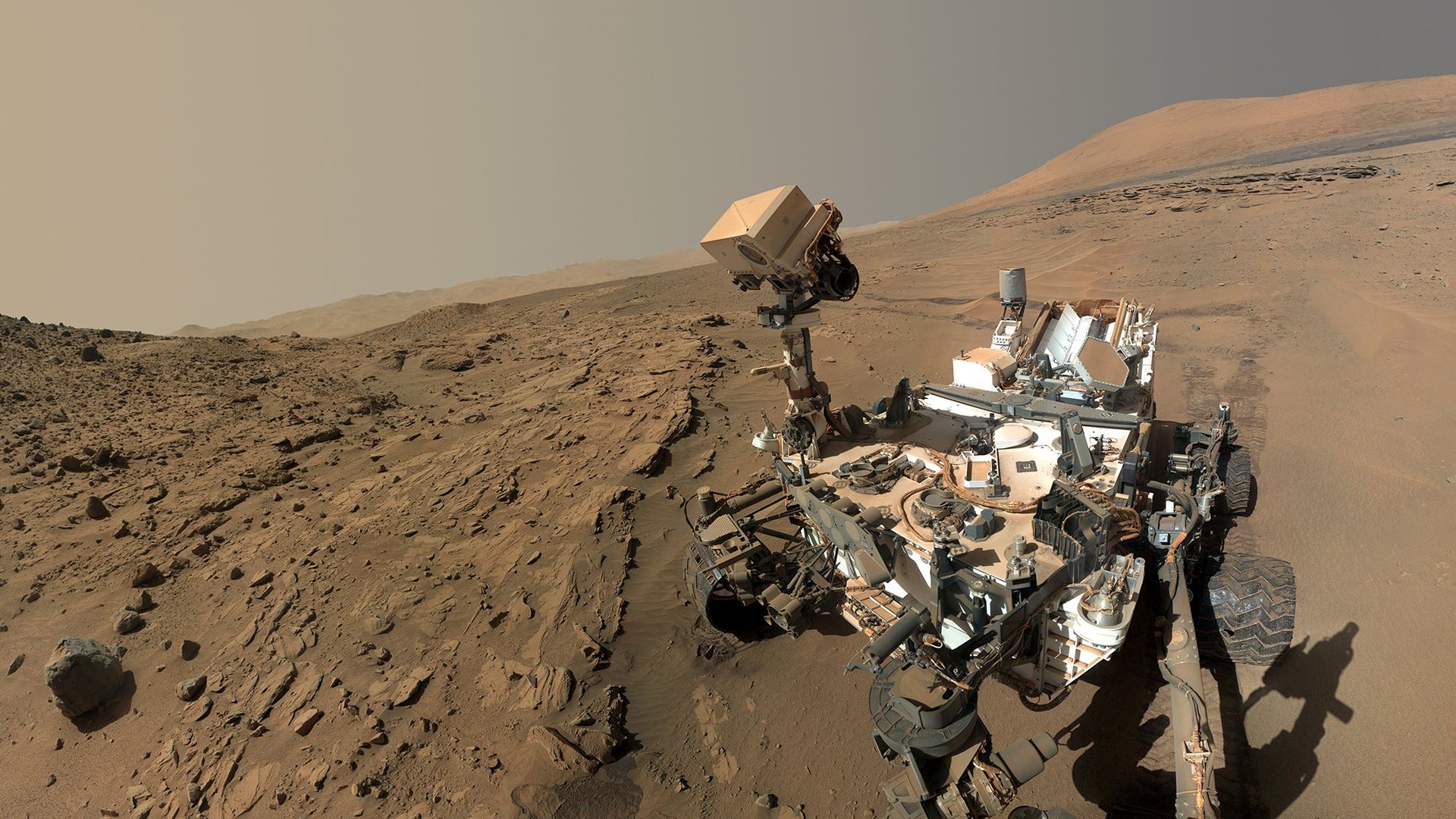If we’ve missed signs of life on Mars, a new chemistry technique could finally find it
In August 2012, NASA’s Curiosity rover landed with a trove of scientific instruments, including SAM (Sample Analysis at Mars), whose job was to test Martian soil for signs of life.


In August 2012, NASA’s Curiosity rover landed with a trove of scientific instruments, including SAM (Sample Analysis at Mars), whose job was to test Martian soil for signs of life.
Mars once had oceans. Our best understanding suggests that the presence of liquid water bodes well for the existence of life. Even if Martian life has since died, it should have left signs behind. These may include traces of carbon-containing chemicals such as amino acids, which are needed to make proteins and thus almost everything else in a living cell.
But after four years of collecting and testing Martian soil for such chemicals, SAM has come back mostly empty-handed. It has found the presence of water and some odd chemicals, but it hasn’t yet found any molecule considered a precursor to life.
Why has SAM had no luck? Maybe there was never any life on Mars. Or maybe there was, but SAM is not sensitive enough to search for the signs of it. It’s why no NASA scientist has given up hope.
At present, SAM can detect complex amino acids at the parts-per-million (ppm) level—meaning that in a sample of soil, it can spot if a few molecules in every million are amino acids. But if life’s precursor molecules are present in lower concentrations, say 10 parts per billion, then SAM won’t be able to detect them.
Peter Willis and his colleagues at NASA’s Jet Propulsion Laboratory (JPL) have a solution. In a study published in the journal Analytical Chemistry, they have come up with a technique that is 10,000 times more sensitive than the one employed by SAM.
Here’s how it works. A soil sample is steeped in water and heated. This forces many types of chemicals out of the soil and into the water. Next, those extracted chemicals are mixed with a fluorescent dye, which selectively reacts and tags only amino acids. Finally, a laser is shone on the mixture and the tagged amino acids shine, helping computers detect their presence.
The technique is accurate enough to detect the simultaneous presence of 17 types of amino acids, which as a set form one of the most crucial building blocks of life. Existing techniques can detect no more than 12 at once. Crucially, it can also analyze what proportion of the mixture is made of simple amino acids—which can be made by non-living processes and are sometimes found even in meteorites—and complex amino acids, which would be strongest indication of life’s existence.
“Our goal isn’t necessarily to differentiate between Earth life and extraterrestrial life with this test,” says Jessica Creamer, a co-author of the study. “We make the question broader than that, simply asking: Is life present?”
Willis tested his analytical technique on a sample from Mono Lake, which has exceptionally salty water and serves as a good model for salty waters believed to be on Mars. The fact that the test is done in water also means that it could be used in missions to the oceans on Saturn’s moon Enceladus and Jupiter’s moon Europa.
Separately, his team has been working on developing a “chemical laptop,” a shoebox-sized instrument that can run on battery power and perform complex chemical analyses. Creamer and Willis are now looking to transfer their new chemical technique to the portable lab. Such miniaturization is key if an instrument that uses the analytical technique is to be sent aboard a spacecraft.
“We will definitely pitch our instrument for missions to both Europa and Enceladus,” says Willis. “We would be very excited if it got selected.”